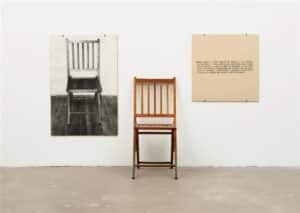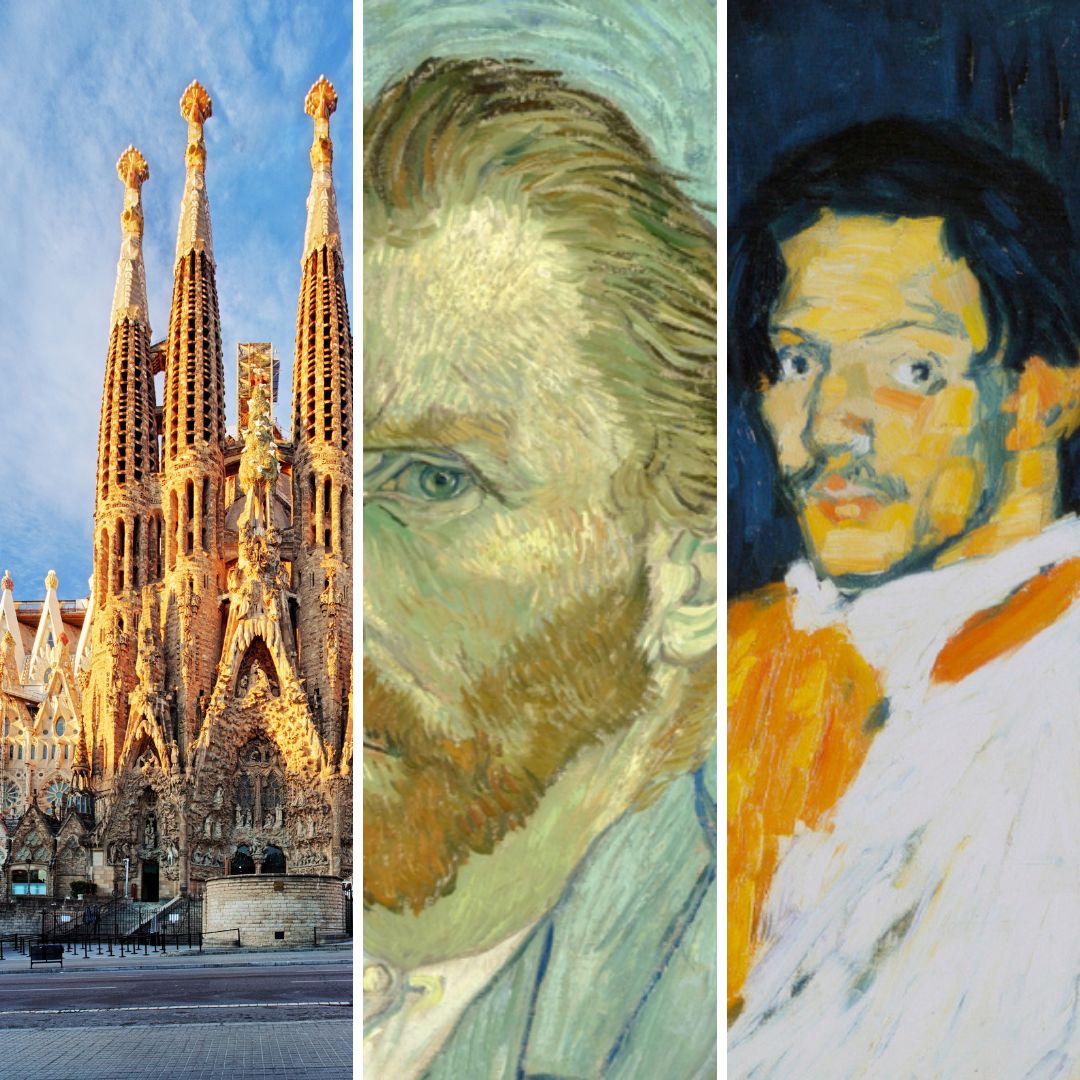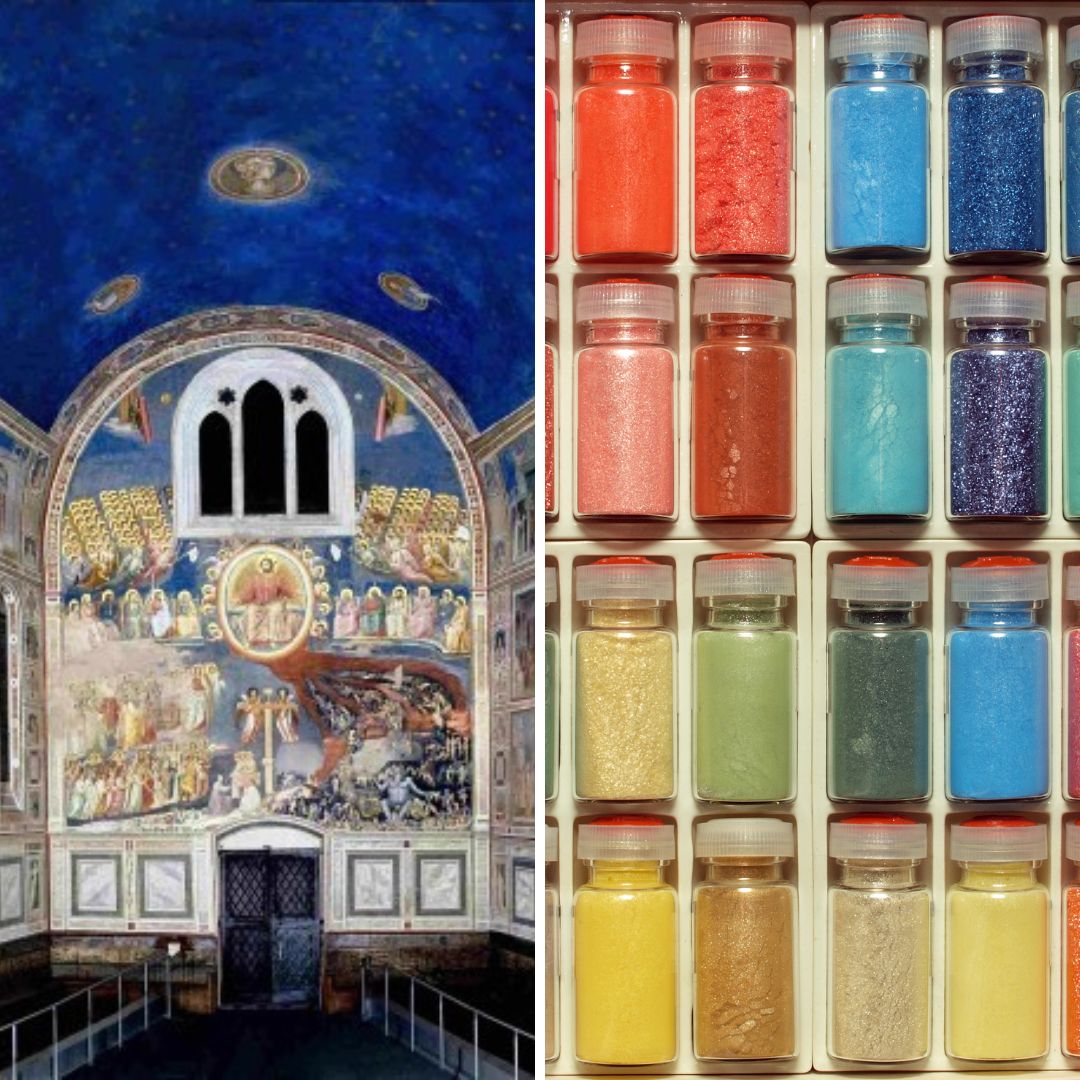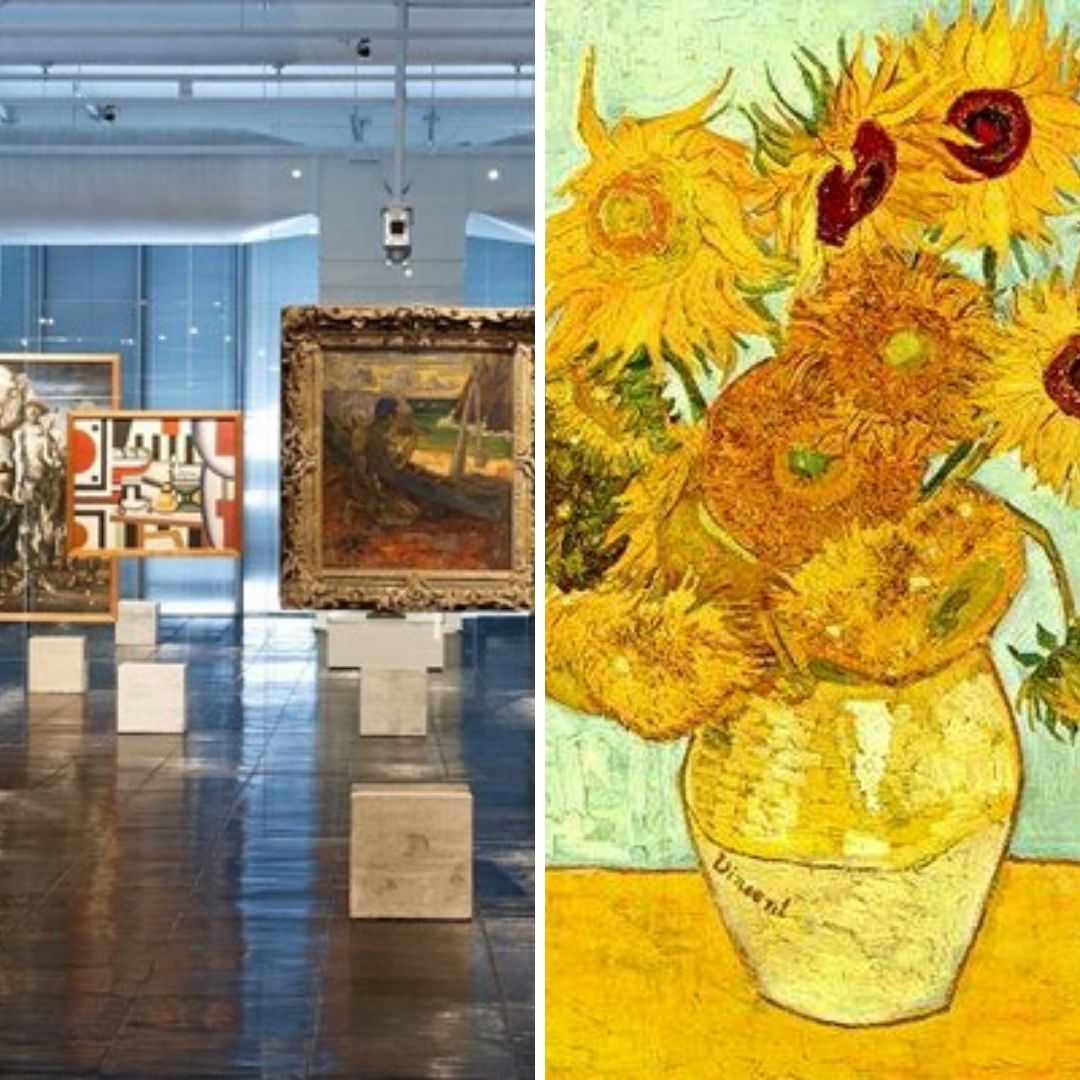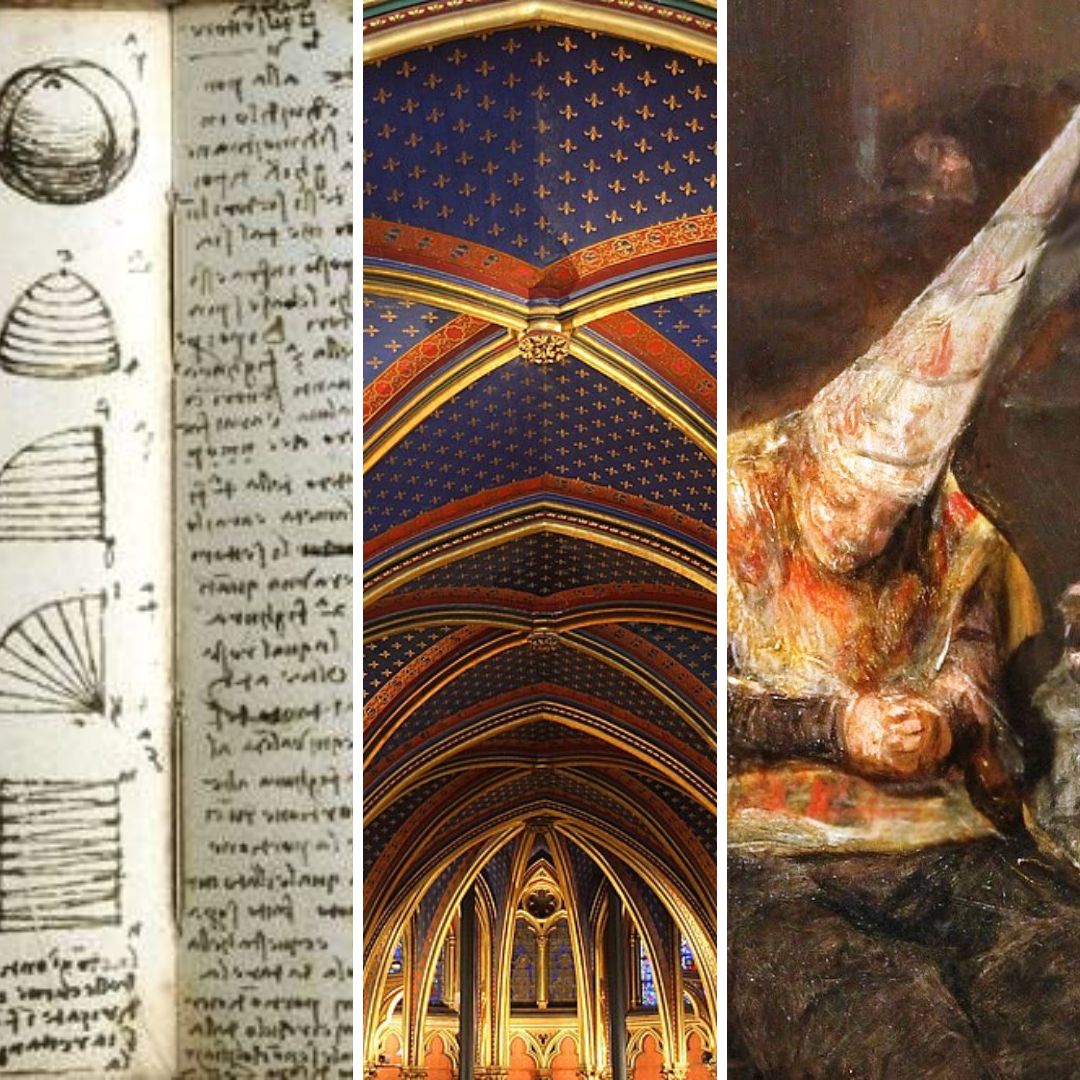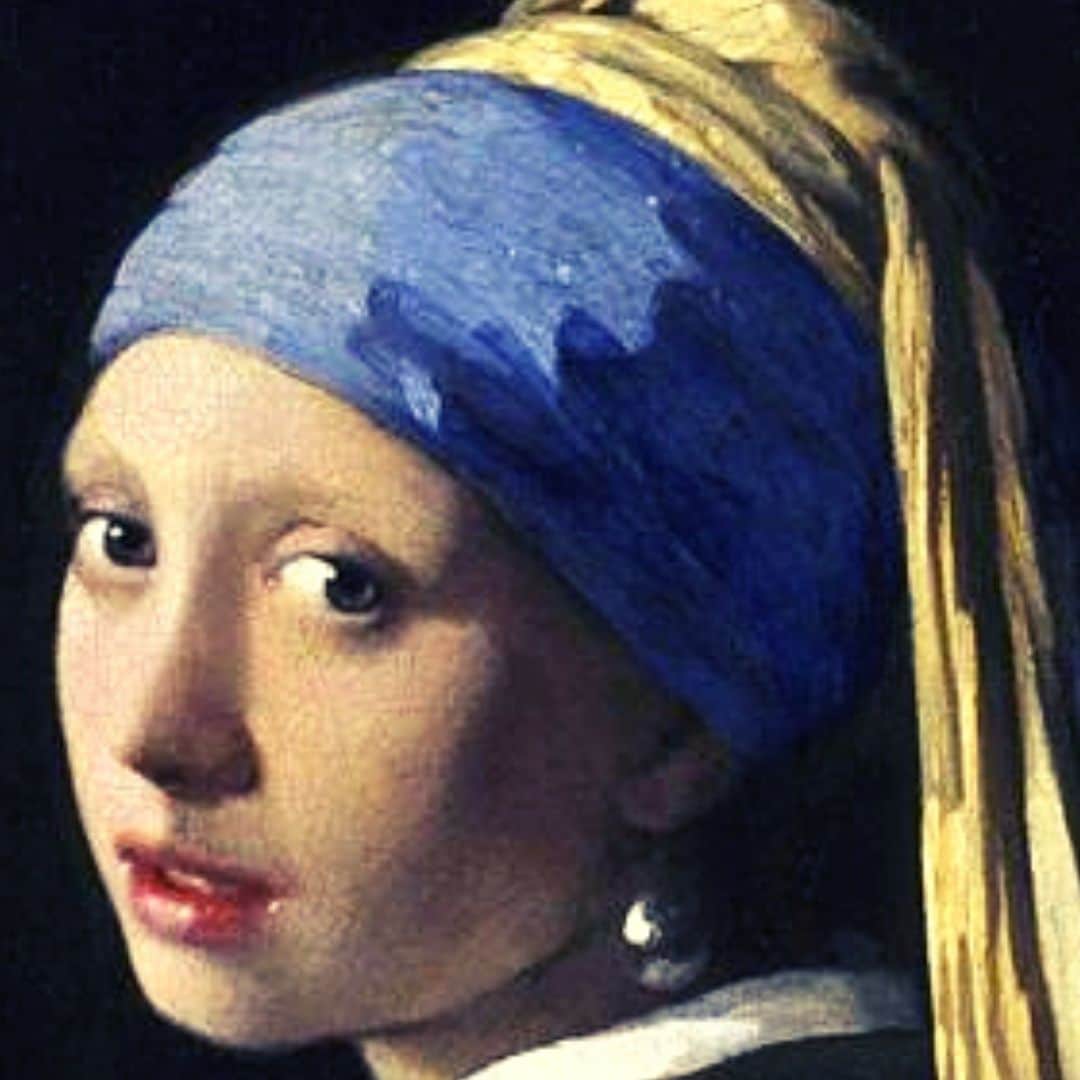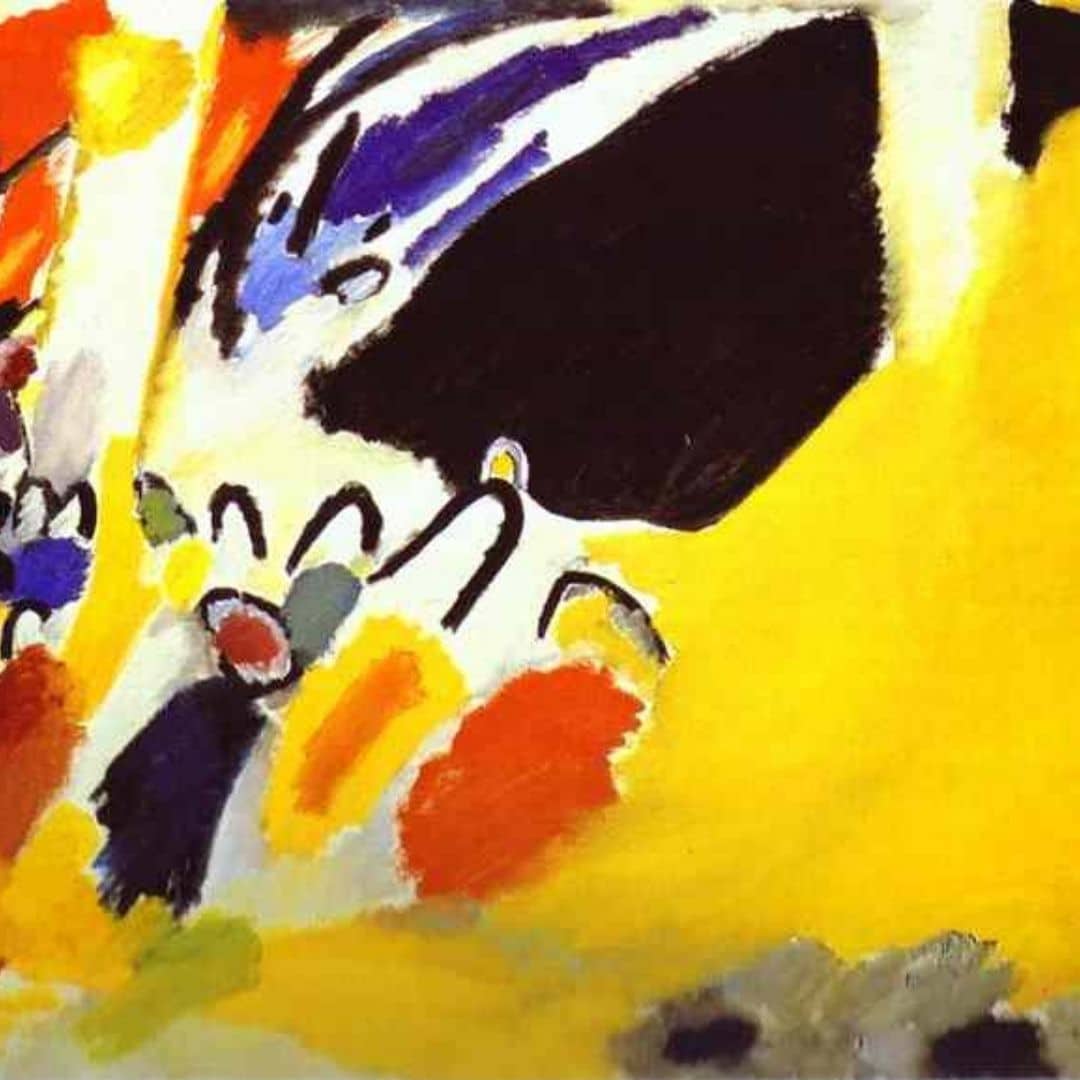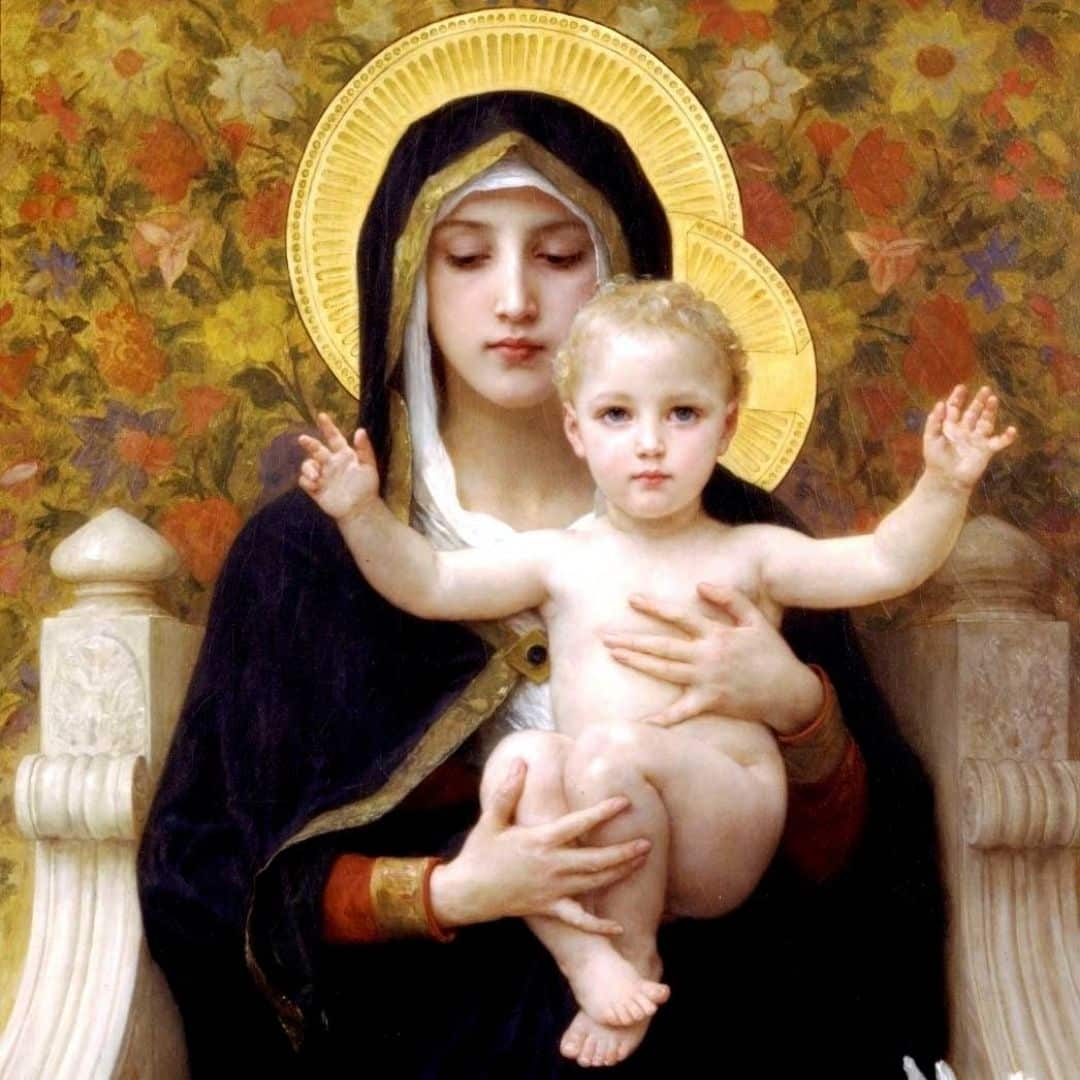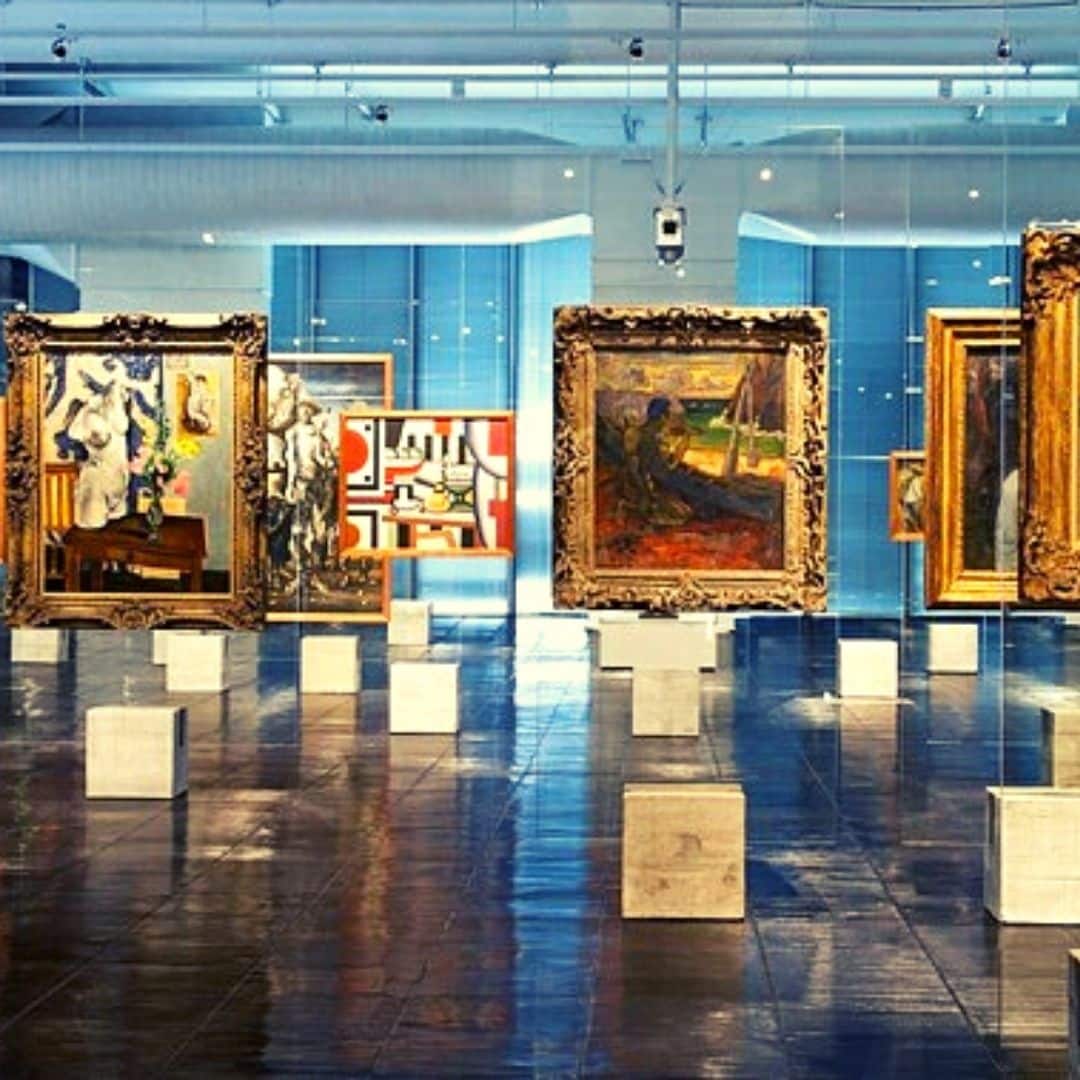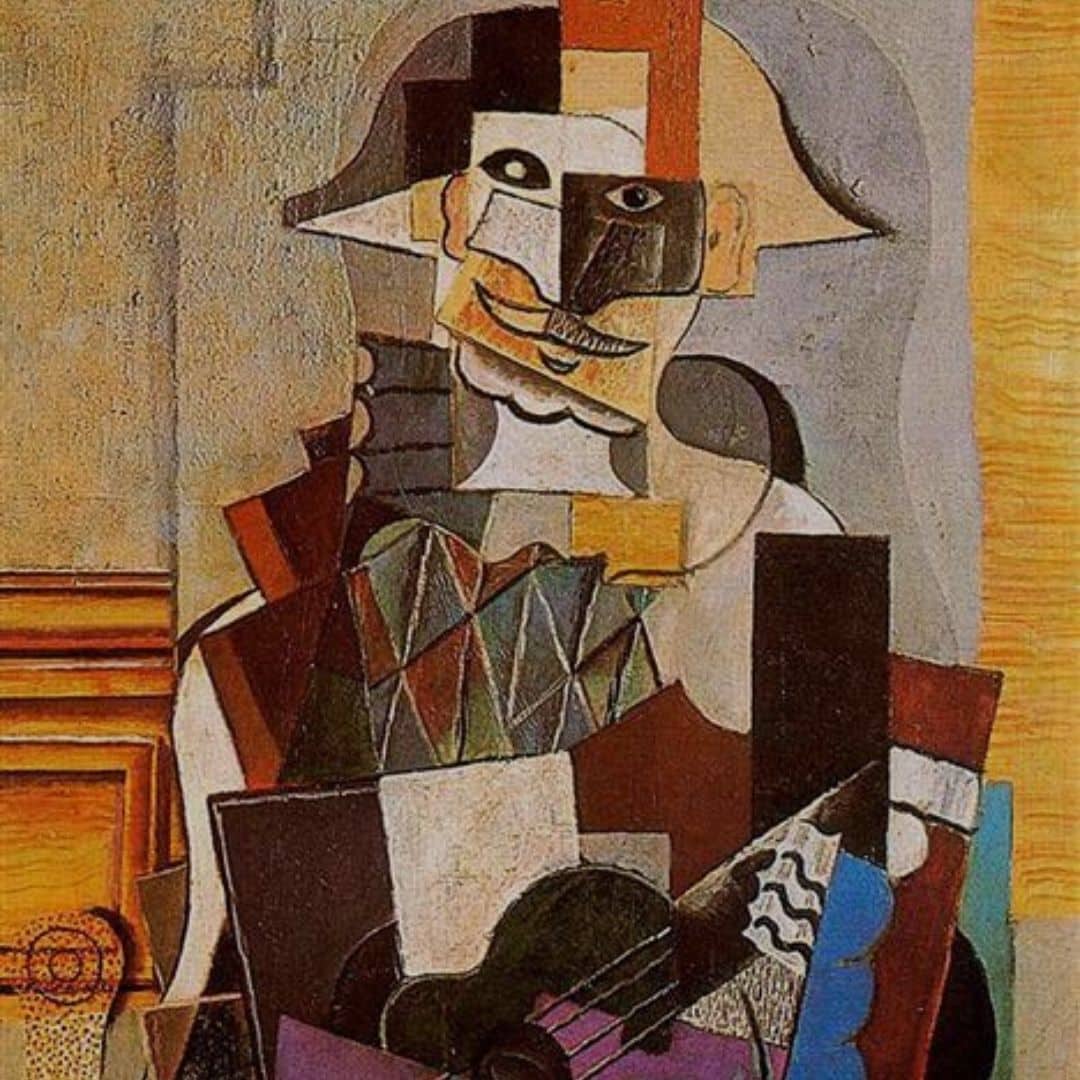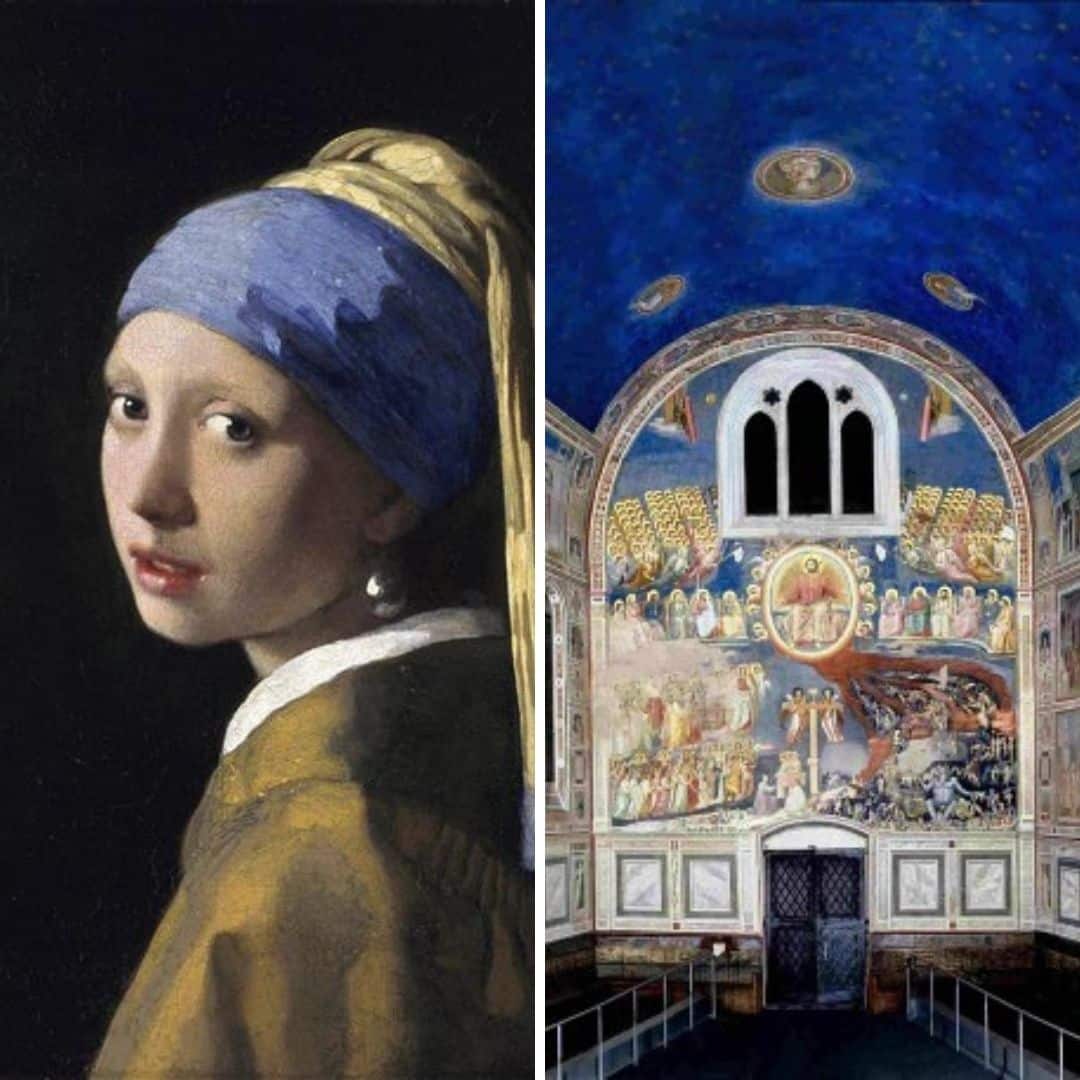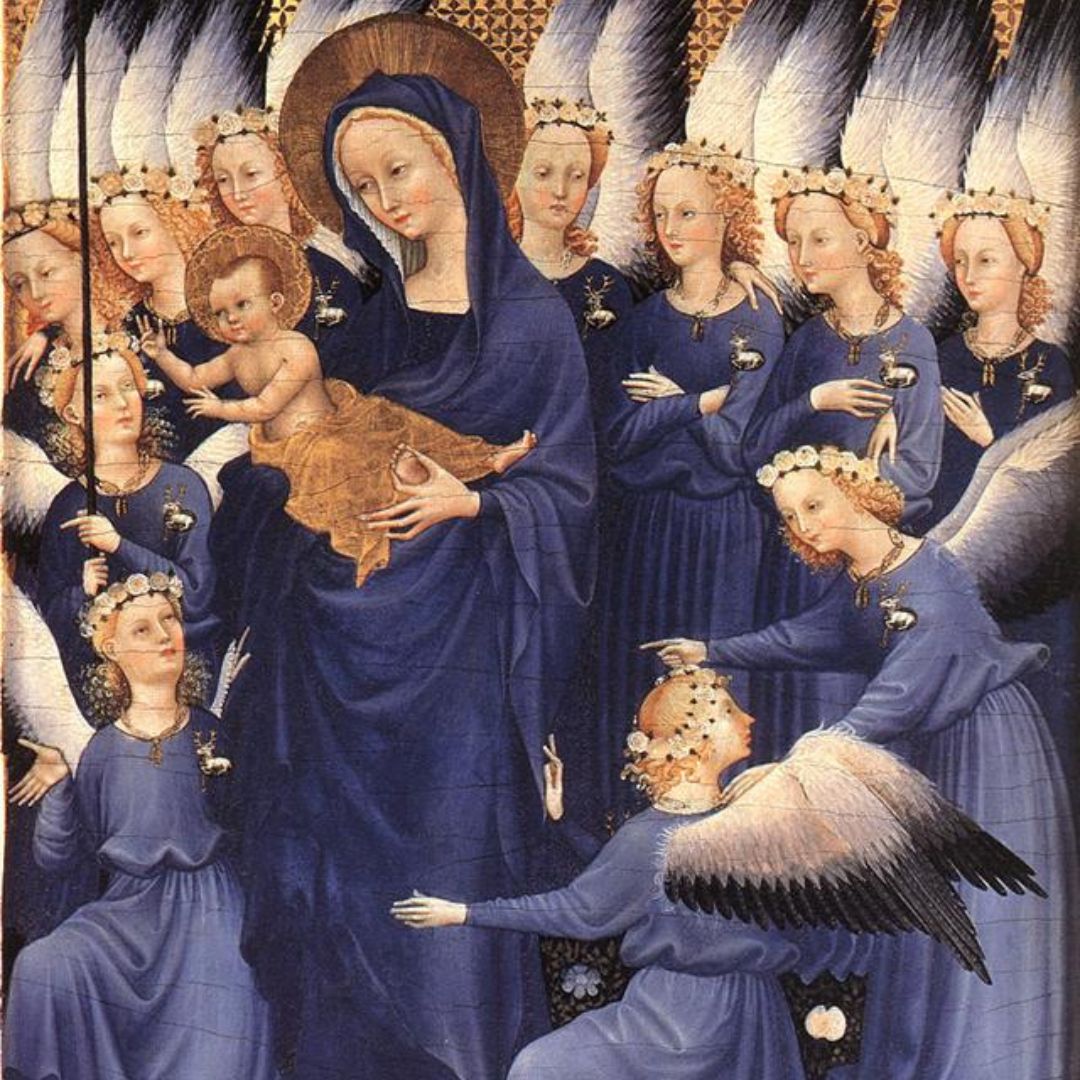Joseph Kosuth’s conceptual art is one of the most representative expressions of the relationship between art and language, and of a concept that advocated that art should question itself at all times.
To begin with, don’t just think of art as an object, such as paintings or sculptures, but think of it first as a thought or perception.
Get to know the conceptual art of Joseph Kosuth with Rute Ferreira, author of the online course Art Curating - Exhibition.
Imagine the following situation: it’s Sunday and you decide to visit a museum. A great idea for an afternoon with the family, you think. Then you arrive at your chosen museum and come across something unusual: a chair.
Joseph Kosuth, One and Three Chairs, 1965, MoMA © Joseph Kosuth
One and Three Chairs,1965
OK, you think, art is about getting out of your comfort zone and going beyond conventions and standards, but seriously, a chair?!
You approach and find something that makes you curious: two pictures on the wall. One is a photographic reproduction of the chair you’re looking at. The other shows a dictionary definition of chair.
All right, you think, these artists are going too far.
What does it mean? What is this art about? And most importantly, why did someone decide to exhibit chairs in a museum?
If you identified yourself with the confused museum visitor, imagine how the New York public behaved when the work One and Three Chairs, by Joseph Kosuth (1945-), was exhibited for the first time at the MoMA in 1965.

Joseph Kosuth
What is conceptual art ?
In 1965, conceptual art – art that is not necessarily linked to an aesthetic object – was just beginning to emerge.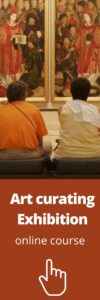
Joseph Kosuth’s conceptual art is one of the most representative expressions of the relationship between art and language, and of a concept that advocated that art should question itself at all times.
To begin with, don’t just think of art as an object, such as paintings or sculptures, but think of it first as a thought or perception.
Joseph Kosuth claimed that all art after Marcel Duchamp was conceptual art, since art began to exist only conceptually.
This reasoning was the starting point for many artists in the 1960s who, like Kosuth, questioned the validation of traditional art forms due to their increasing commercialization.
We can say that a conceptual artist is first and foremost a philosopher.
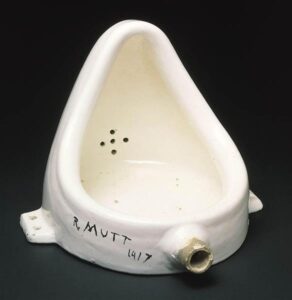
Why chairs?
But why photograph and exhibit chairs in a museum as large as MoMA?
This is where things get even more interesting: each of these chairs plays a different role in the work of art.
The wooden chair in the center is what is known in art as ready-made, an artistic manifestation that became popular thanks to Duchamp.
The idea is to take an object out of its everyday use and give it a new meaning in a space like a museum. Thus, the chair is no longer a piece of furniture to sit on, but something that is observed and analyzed.
From this perspective, an ordinary object is elevated to the status of a work of art.
The photographic representation of the chair emphasizes one of the oldest topics of debate in art: imitation.
The definition of a chair, on the other hand, stimulates analysis between what we see as real – or at least what presents itself as real – and what we construct in our minds with the help of words
Kosuth was only 20 when he exhibited One and Three Chairs. He did the same experiment with other objects and, at the same time, started working with neon. One interesting thing about this material is that it represents in an object exactly the verbal information it carries.
In conceptual art the breakdown of a border is clear: the verbal replaces the pictorial.
Four Colors Four Words, Joseph Kosuth, 1966
Conceptual art – Art as idea as idea
The Art As Idea As Idea series, which Kosuth started at the same time, is another thing that would certainly deserve your attention at the museum.
The artist took a series of words – a word and its definition – and displayed them on photographic plates.
The concept is clear: the art is not in the medium itself, but in the idea it expresses.
This is what, for Kosuth, should also be understood as art.
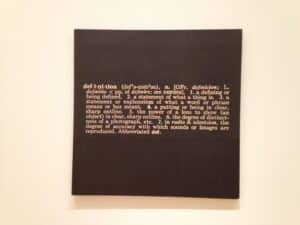
“Definition”, 1966.
Conceptual art – Art to think about
One of the most common criticisms about Joseph Kosuth’s conceptual art (and this type of art in general) is that it is an overtly intellectual art.
Personally, I think it’s a type of art in which the viewer is invited to think beyond the usual and what he normally understands as the function of art.
Conceptual art offers a variety of ways for the public to participate in the process of constructing the meaning.
After all, if a chair is exhibited in a museum, doesn’t it seem fun to find out why?

